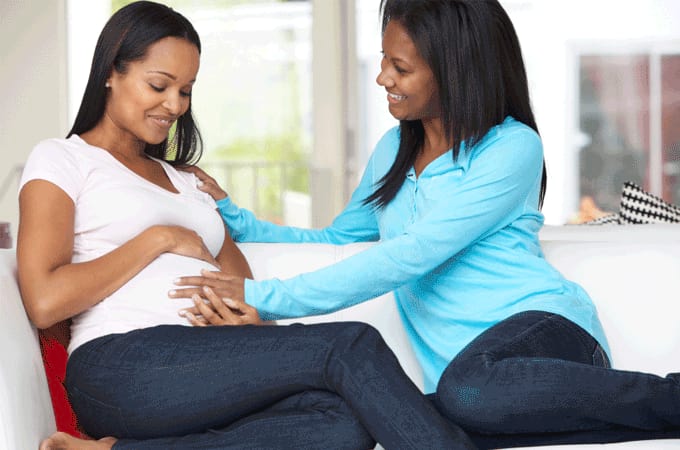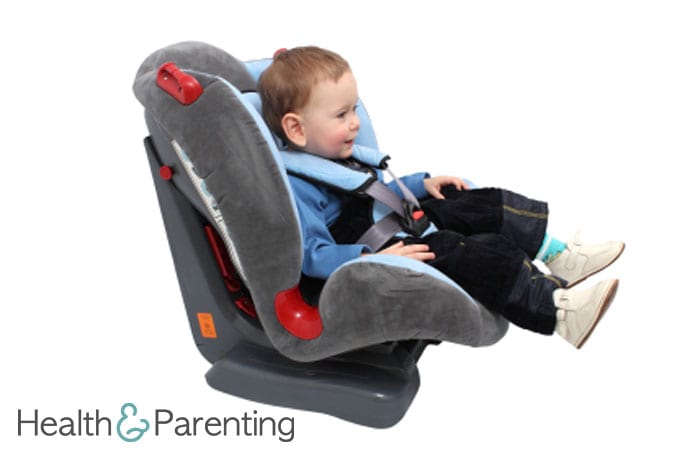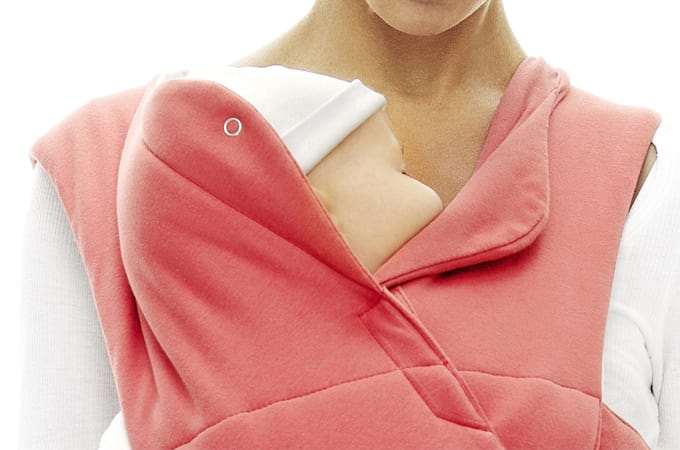You just found out you’re expecting – congratulations! Consider researching options for childbirth classes now. Though you likely won’t attend a class for a while, some facilities do offer healthy pregnancy courses, and may have waiting lists for their childbirth preparation classes. Here are some thoughts to keep in mind for finding the right childbirth class.
You’ll want to find classes that meet your specific needs. For instance, if you’re planning to have an epidural, your local hospital may have a workshop taught by the anesthesiologist about your birth options. If you want a natural birth, on the other hand, you may want to take a longer course. Ask your healthcare provider what classes he or she recommends. Your planned birthplace may offer classes, or you may find instructors who offer private classes in your community.
Childbirth preparation commonly focuses on what to expect during labor, birth and the early postpartum. Look for accredited instructors who keep their credentials current. Make sure the course you choose corresponds with your own philosophy of birth. Ask friends and family what classes they recommend – they know you best and may know if specific classes – or instructors – are a good fit. Some types of classes you may hear about include:
Lamaze: Lamaze classes teach women that birth is normal, and focus not only on the birth process, but on informed decision-making, relaxation techniques, and optimal positioning for birth, as well. These classes differ in length, and usually encourage you to bring a partner along.
The Bradley Method: Also sometimes referred to as Husband-Coached Childbirth, this method trusts that all women – with the help of a good coach and favorable circumstances – can give birth naturally. Classes are typically 12 weeks long, and cover nutrition, exercise, relaxation, and the birth process.
HypnoBirthing: The HypnoBirthing method teaches mothers relaxation and focusing techniques that will limit the fear and tension during childbirth. The repetition of these techniques before birth will condition the mom to use them when labor begins.
Birthing From Within: Birthing from Within believes “childbirth is a profound rite of passage, not a medical event.” These classes focus on the spiritual transformation of birth, and the ways women can forge their own path to a meaningful birth. While the birth process is integrated into teaching, women are guided in finding their own way through the “labor-inth” of birth.
Other options may exist in your community, but be sure to investigate if they are right for you.
Research has found that women who attend a class to prepare for the birth of their baby use pain medication less often, have shorter labors, have a lower chance of cesarean birth, and have a more positive outlook on their birth experience. They are more likely to have confidence in their bodies and in their ability to give birth.
Have you decided on a childbirth class?
Written by Michelle, lactation consultant, childbirth educator, writer, editor and mother to 4 busy kids
This information is not intended to replace the advice of a trained medical doctor. Health & Parenting Ltd disclaims any liability for the decisions you make based on this information, which is provided to you on a general information basis only and not as a substitute for personalized medical advice. All contents copyright © Health & Parenting Ltd 2018. All rights reserved.



















